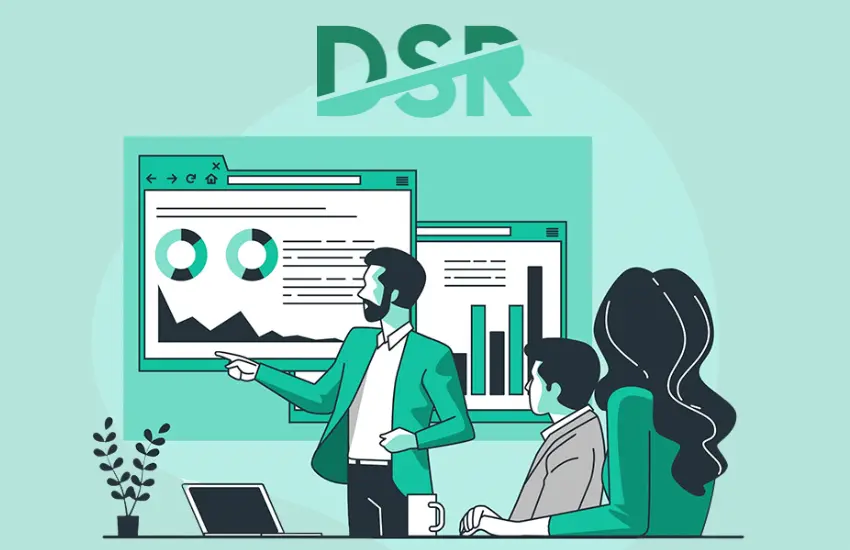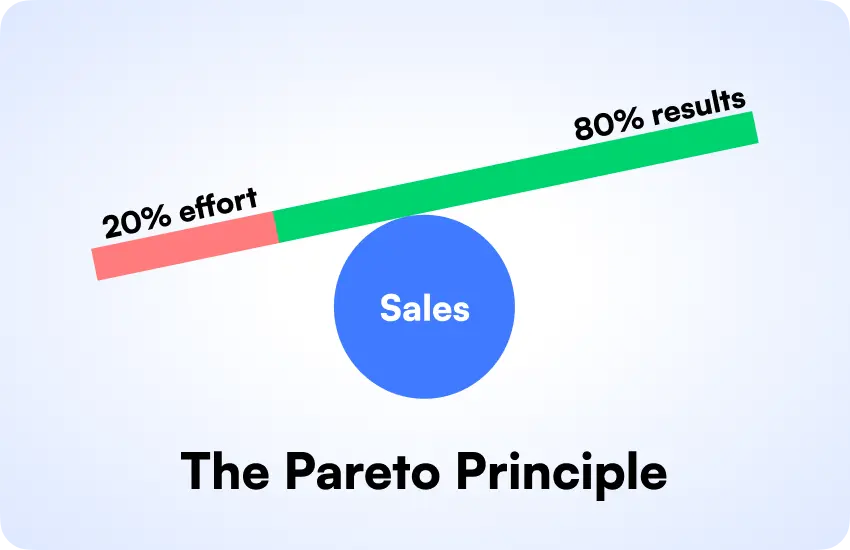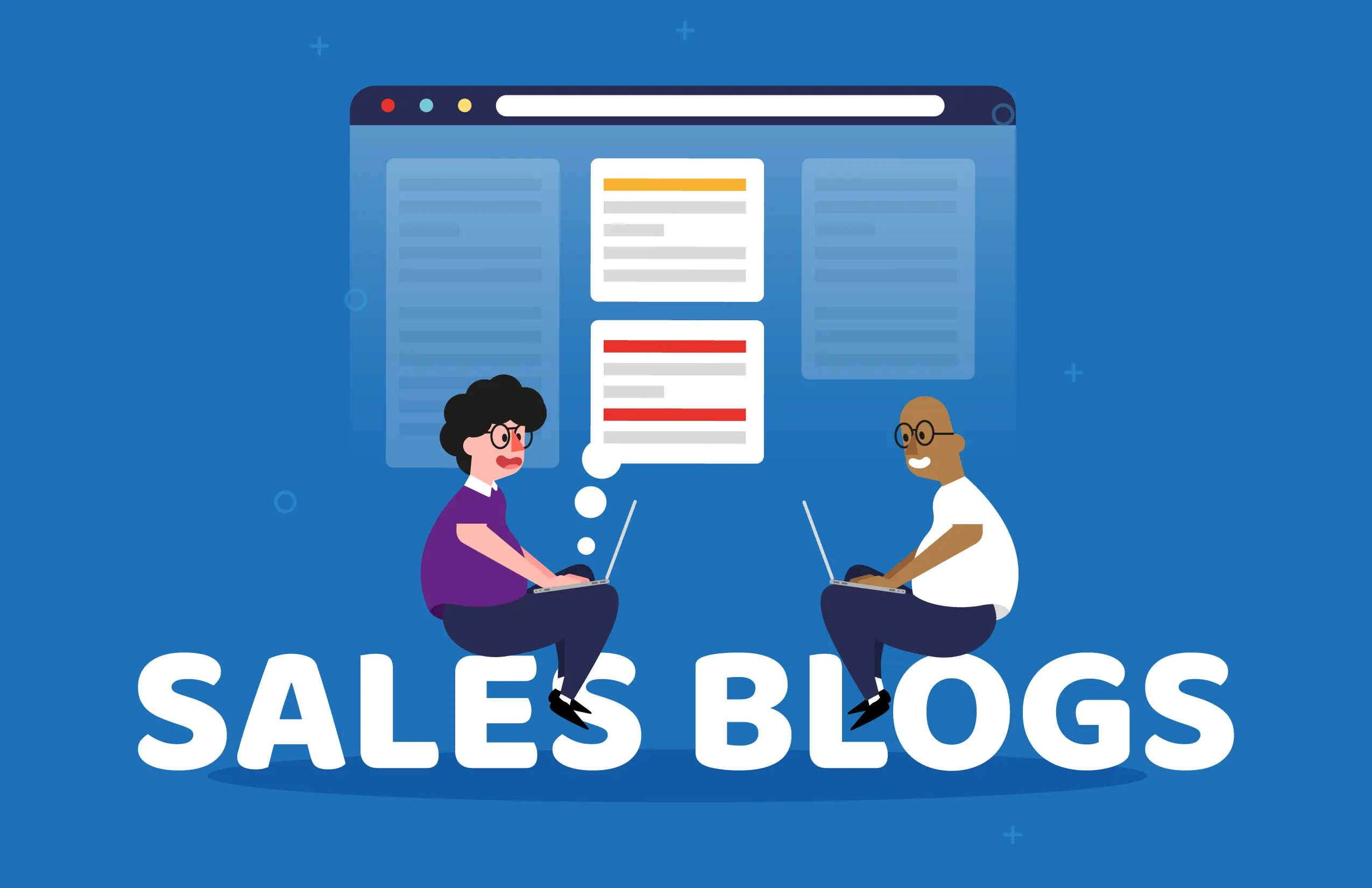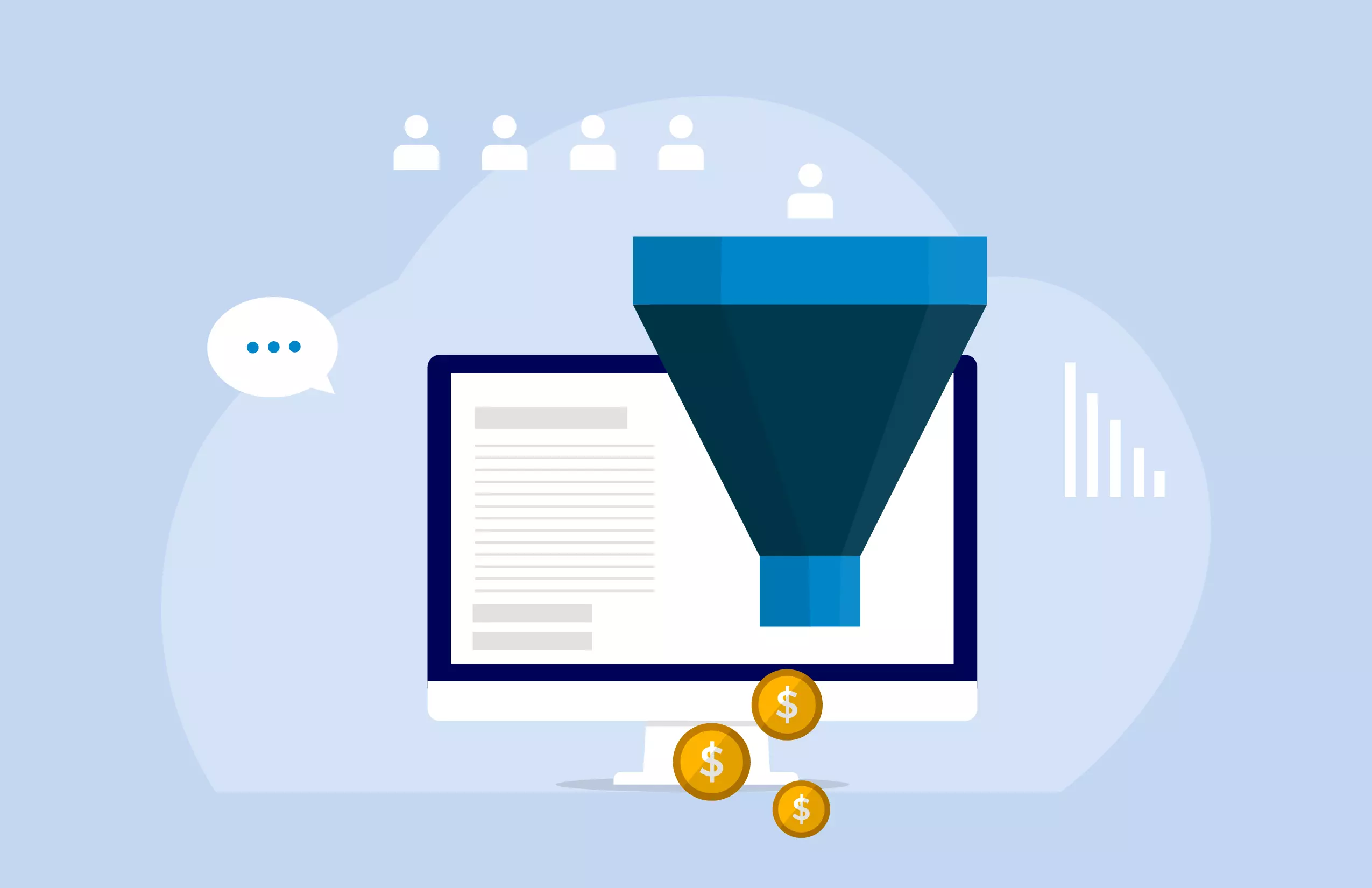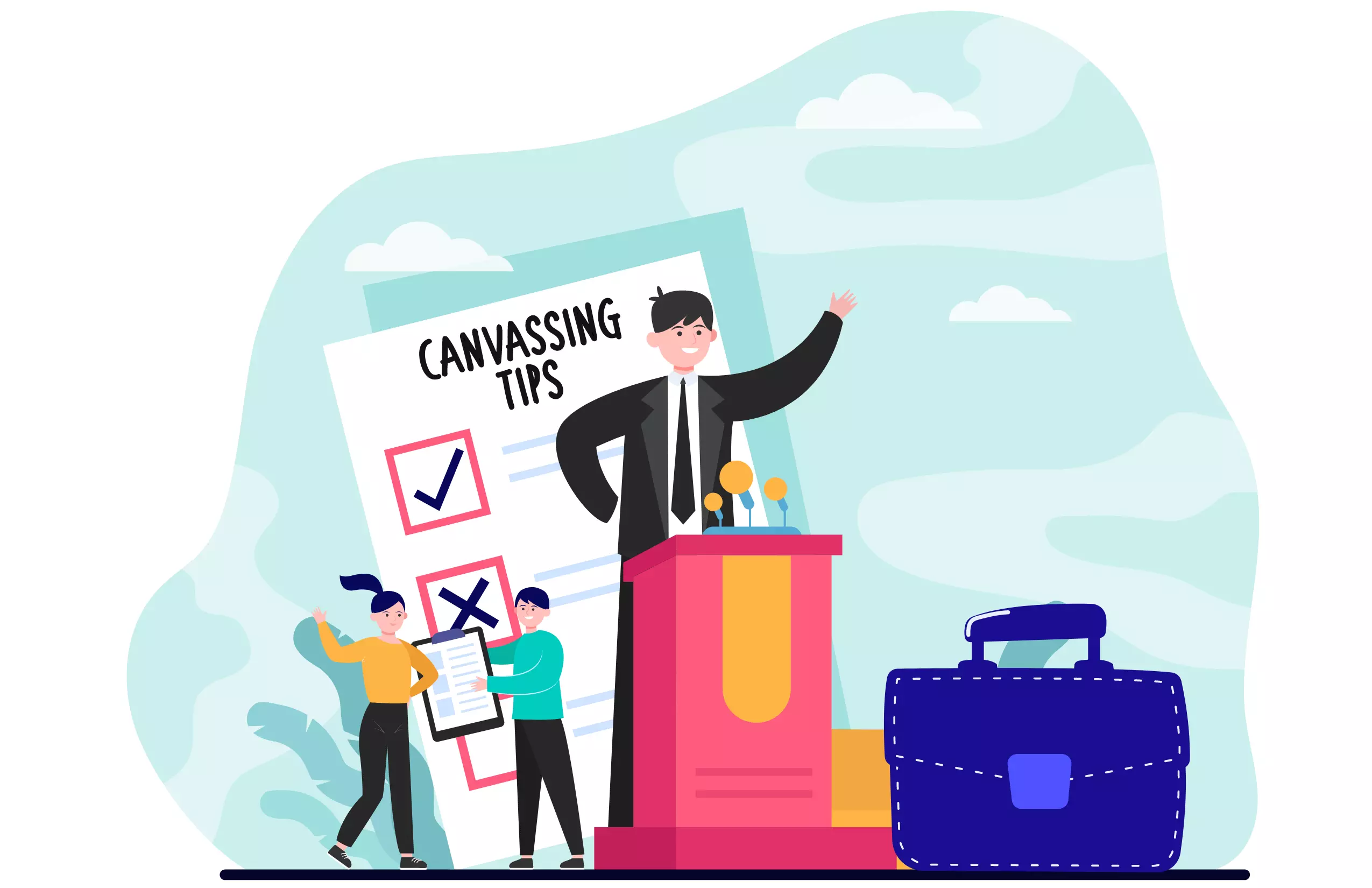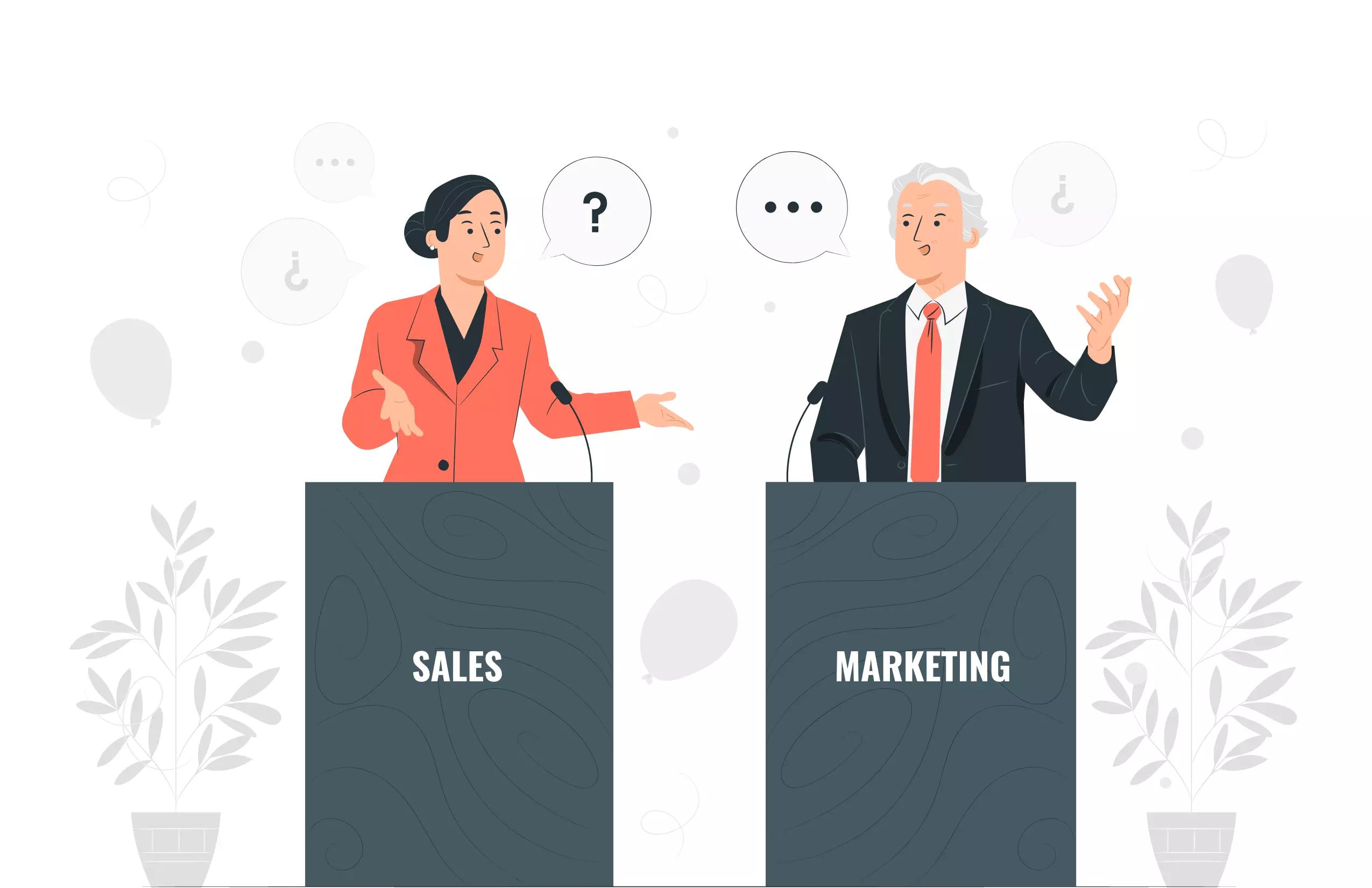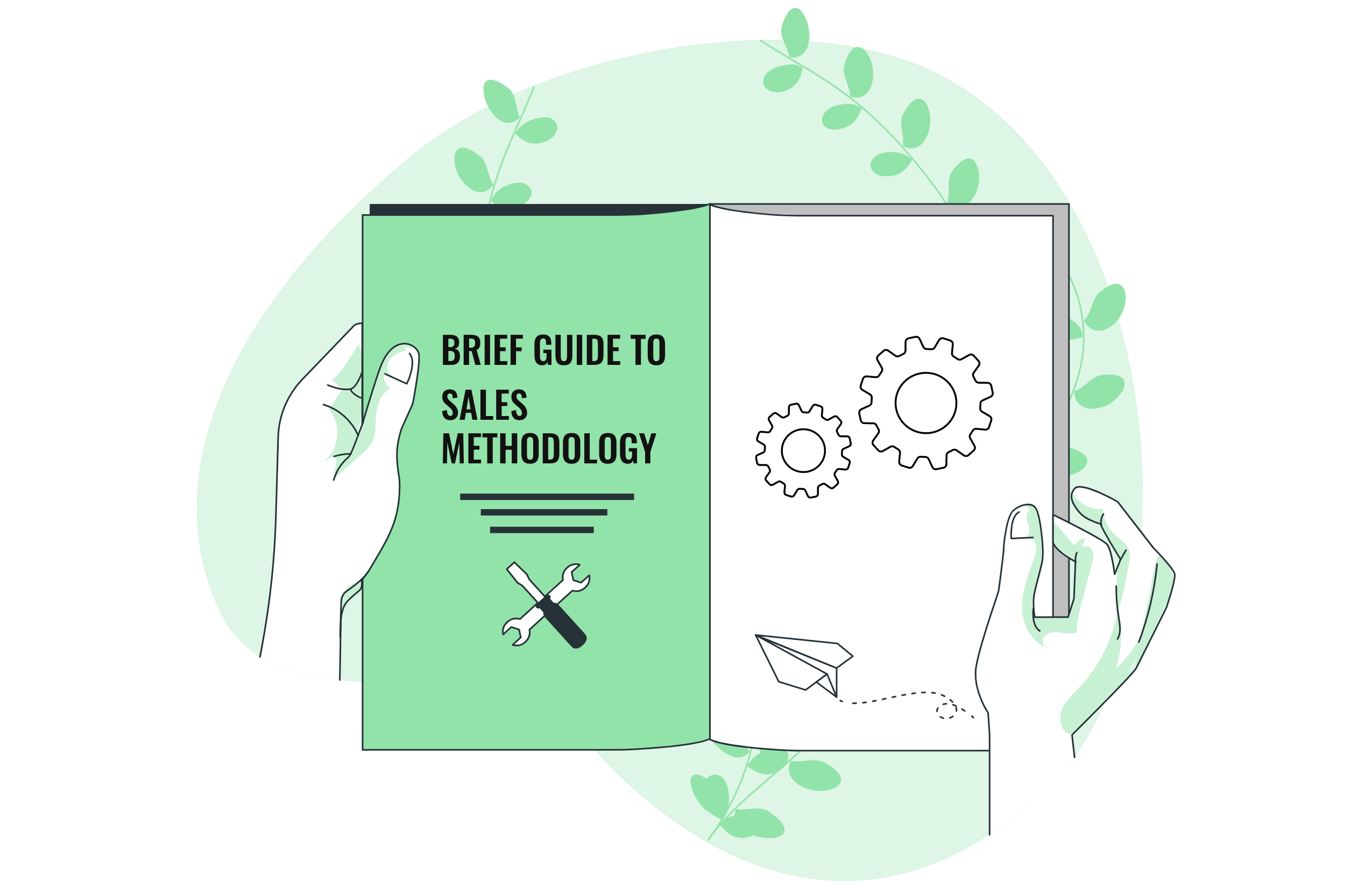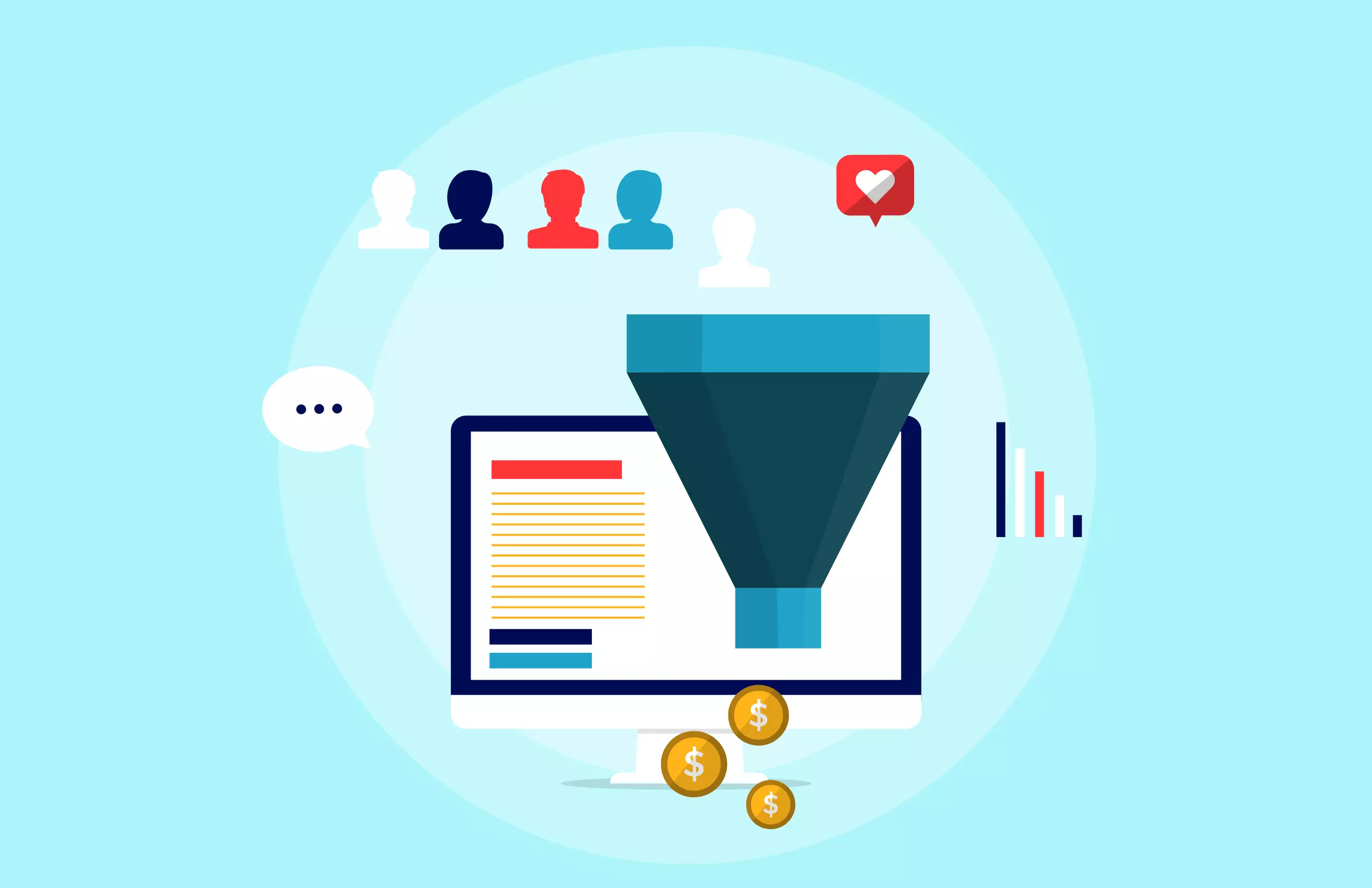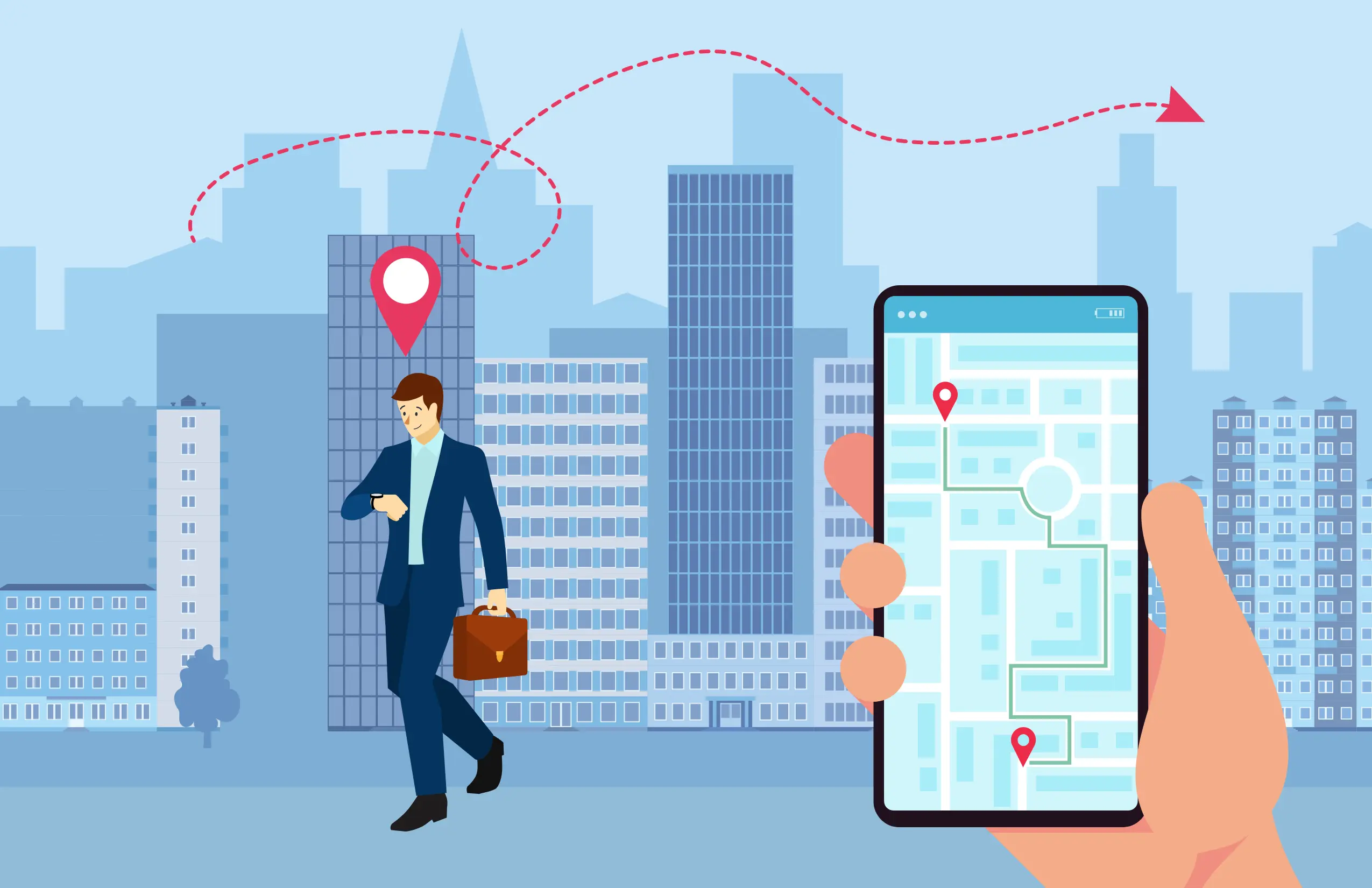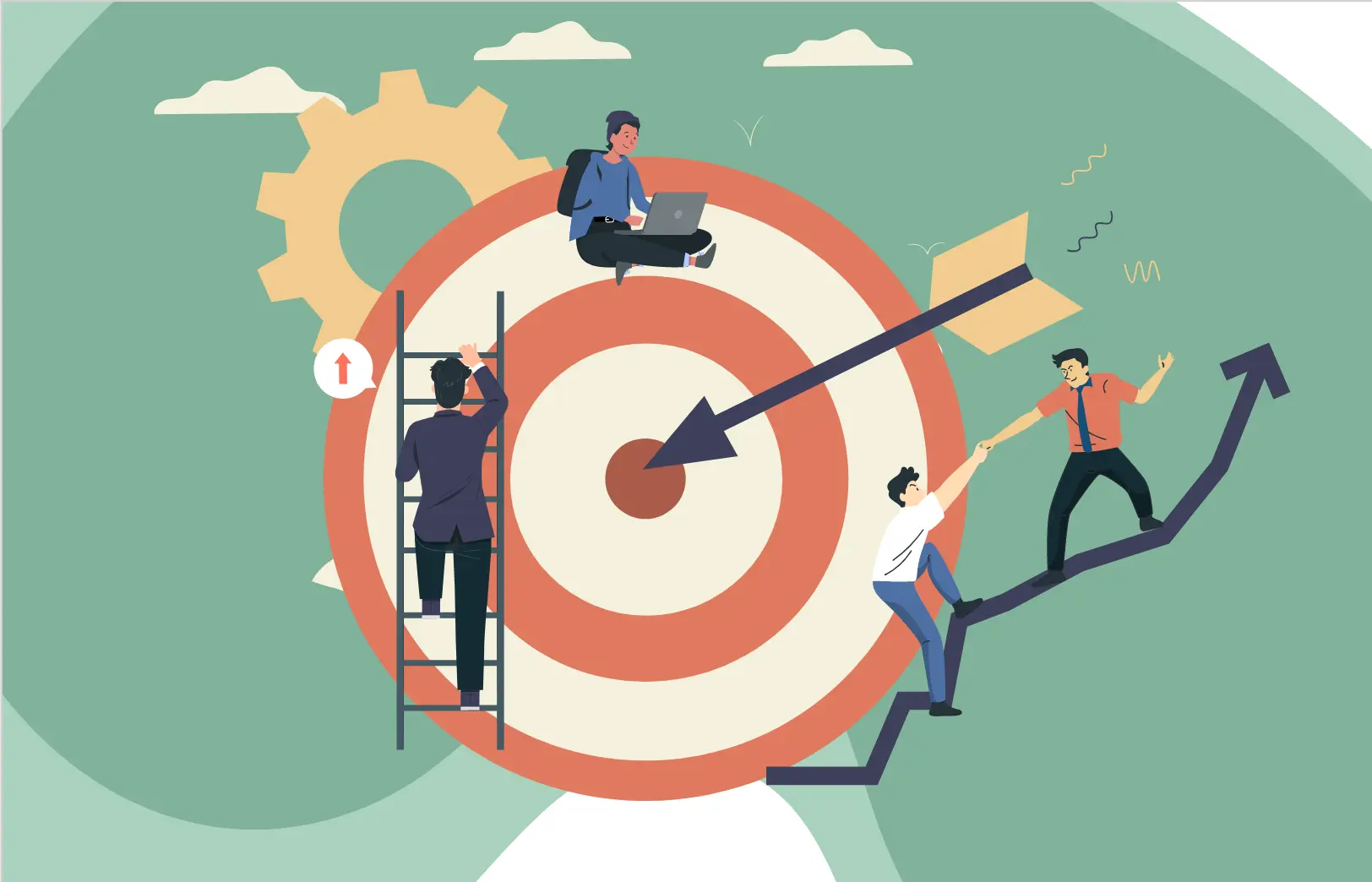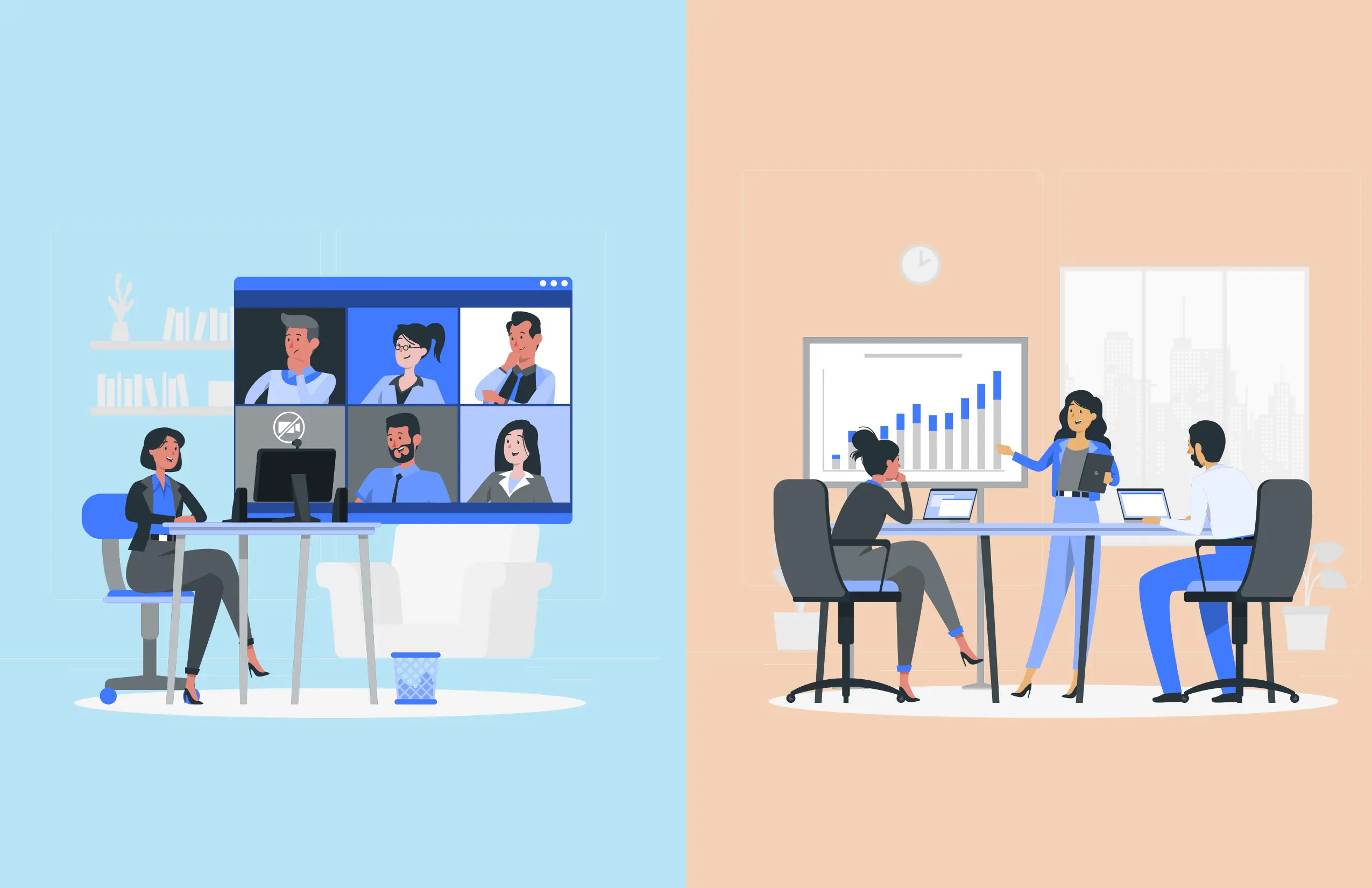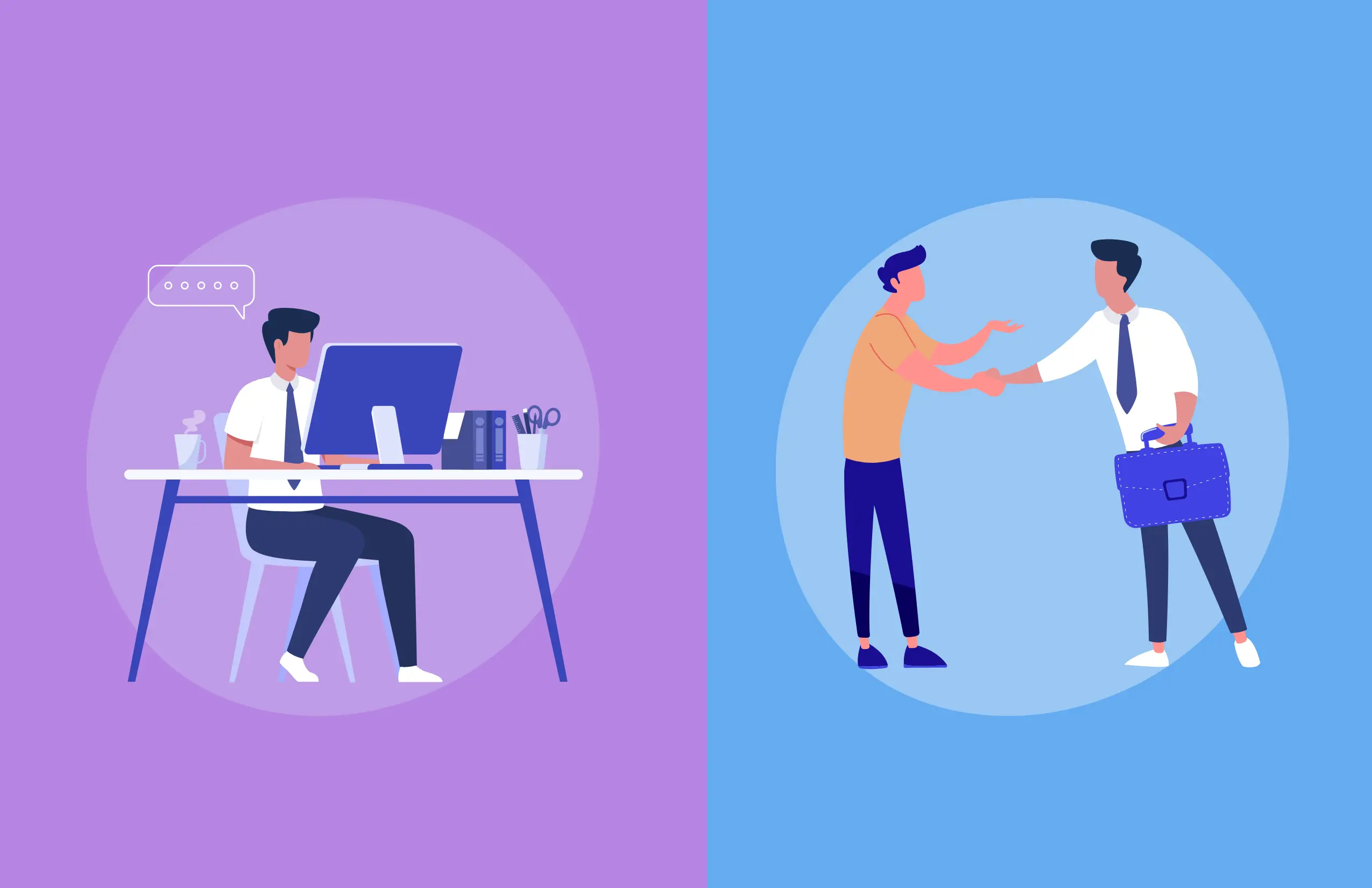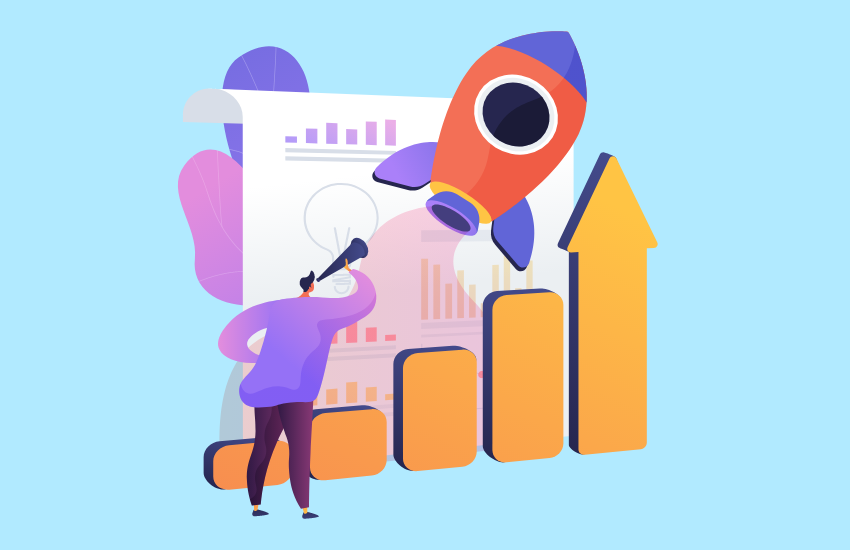
A Brief Guide On Soft Selling And Its Techniques
Table of Contents
Soft selling has risen in popularity since combative sales approaches are now considered “old style.” Prospects nowadays consistently choose inbound rather than outbound. Soft selling takes more time but could prove extremely beneficial. Especially if your potential customers are inundated with salespeople calling them, sending standard emails, giving a demo straight away, and then expecting to make a sale instantly. Soft-selling, on the other hand, requires more time to personalize conversations, understand more about the business’s demands, know about finances, and so on.
Trying to avoid appearing as a forceful salesperson and turning off prospects before you’ve even started? It’s time to master the skill of soft selling, which entails effectively flipping the page on many of your strongly established sales impulses.
What Is Soft Selling?
Soft selling is a form of selling that offers a less stressful sales encounter for a potential customer. It focuses on generating rapport with prospective customers rather than utilizing pushy techniques or compulsion in order to obtain a sale. It is gradually directing clients into the purchase by emphasizing the advantages and worth of the product or service instead of utilizing excessive pressure to acquire.
Soft selling is a fantastic method for developing long-term relationships with customers, which may contribute to more consistent and ongoing sales in the long run. It is frequently employed in businesses that need trust and relationships that last. Soft selling is an entirely distinct technique from hard selling in that it prioritizes the value of your relationship with potential customers above the speed with which you can close the deal.
Hard Selling Vs Soft Selling: Which Is Better?
The most basic contrast between a hard and soft sell lies in the fact that a hard sell is a direct, quick sale, whereas a soft sell is an indirect, overtime sale. If the customer has a pressing requirement, you can employ hard selling. For instance, if you offer umbrellas on a rainy day, you may employ hard selling on consumers who have forgotten to bring their umbrellas or raincoats from home.
If you operate in a business that involves regular sales, such as a membership service, soft selling may be advantageous. It may also be beneficial if you operate with a marketing or sales team that adheres to a firm sales procedure.
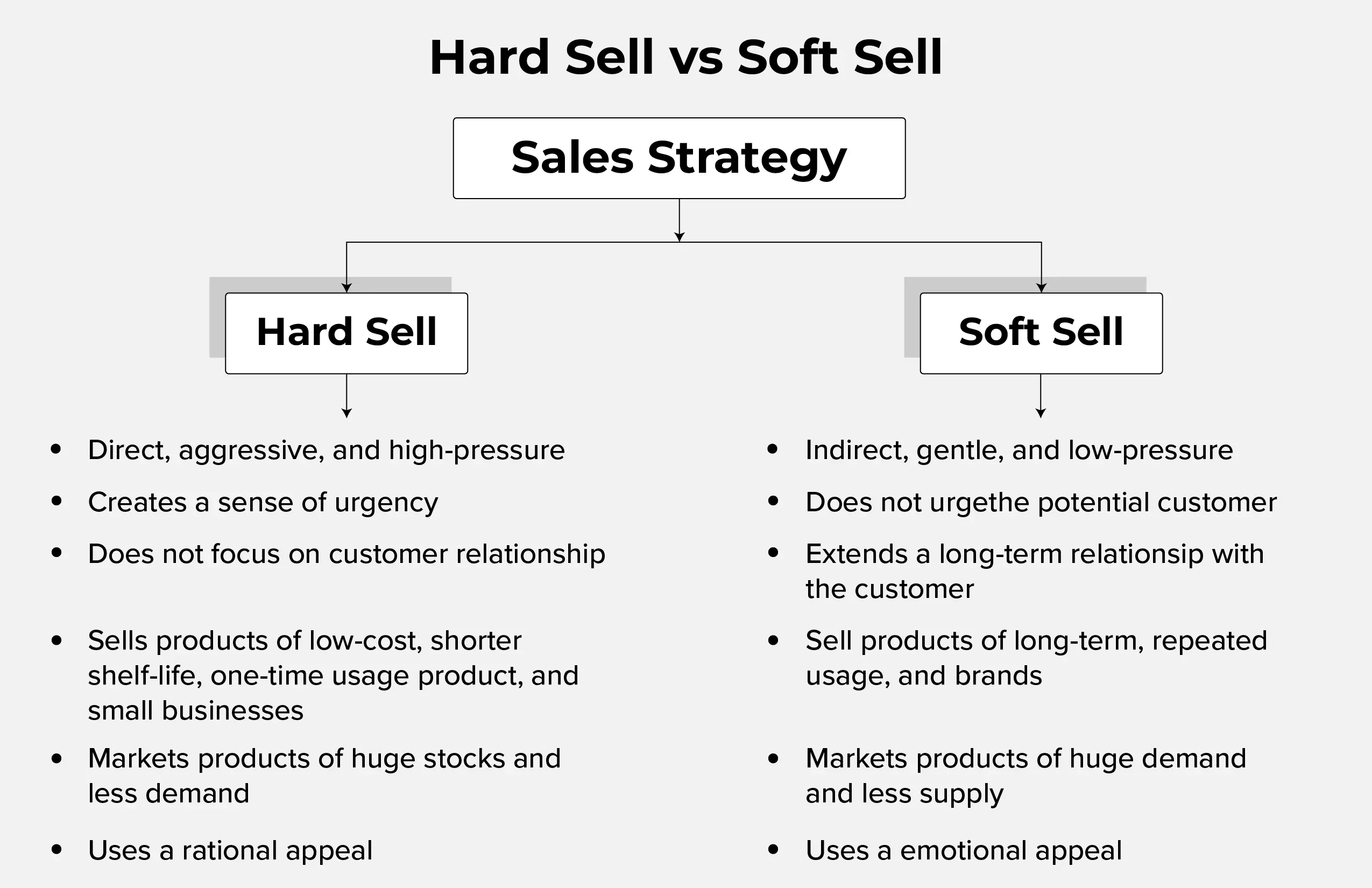
If your potential customer clearly looks interested in utilizing your solution or buying a product, hard selling is going to be more successful; however, soft selling tends to be more successful when you are trying to develop a connection with a valuable customer so that you can generate more sales. Determining precisely which strategy works best depends much on the field you work in, your function, and the potential customer you are targeting.
Benefits Of Soft Selling In Business Growth And Revenue
Building Trust And Low Pressure
Employing a soft pitch strategy in your sales might help you create rapport with potential customers. Your brand is represented by how you exhibit yourself, which equates with how your company is regarded. Implementing a soft sell strategy does not imply being inactive. Instead, it is a strategy for educating and building trust while gradually pushing the prospect along the path of purchase. Prospective clients are less likely to feel pressed and are more likely to come to a buying choice on their own terms.
Enhances Brand Awareness
Even if you’re not trying to promote your product to customers, a soft-sell strategy can still be quite successful in raising recognition for your business. With soft selling, the emphasis is less on the sale and more on the value and relevance of the content. The people you are targeting will be far more inclined to spread the word about your content to others in their circle if you provide excellent, beneficial stuff that appeals to them. This encourages sharing of information through referrals, which increases your brand’s visibility and aids in growing your customer base.
Establishing Customer-Focused Relationship
Strong customer engagement is essential for soft-sell strategies. Maintaining great connections with customers who are treated well by salespeople can aid in the development of relationships. Developing these connections might make customers believe as if a business gives them personalized attention and care when they make purchases. When existing customers promote your products and services to others who are close to them, this may create strong referral marketing for your business.
Increasing Customer Returns
Soft selling places customer requirements first, which assists the salesperson to select the most suitable product or service for the customer to use. Because they believe their needs are being addressed, customers might feel more pleased as an outcome of this approach. Good soft-sell approaches’ appealing qualities might encourage customers to include your products or services in their regular activities.
Selling Opportunities
Businesses can gain knowledge about the demands and likes of their customers through soft selling, which is highly engaging and customer-focused. This creates opportunities for both upselling and cross-selling. Identifying the needs and tastes of customers allows the company to suggest different products and provide further services and products that might improve and enhance the experience of the customer.
7 Tips And Techniques On Soft Selling Approach
Be Compassionate
While you ought to behave professionally when dealing with customers, you shouldn’t come across as stuffy or overbearing. Personability is crucial while trying to sell anything softly. This entails using an empathic speaking style, making sincere advice to assist the potential customer in solving their problem and maintaining a friendly tone to foster relatability. Make your speech seem more like friendly advice than an artificial sales drive.
Deliver Greater Value From The Start
Soft selling is showcasing the extra benefit that the customer will receive both from you as well as what you’re selling if they proceed with the purchase – all without outright soliciting for the sale. If you haven’t got the opportunity to thoroughly explore particular difficulties for each prospect you contact, examine if many of their requirements are identical. Ask your marketing team to provide textual and video content that covers key topics, answers frequent queries, and addresses customer-specific difficulties in a way that is understandable.
Try To Understand Customer Needs
Identifying a customer’s trouble areas and demands will make soft selling simpler. As a result, you need to set out time to create your ideal client profile. Consider the difficulties that potential customers might encounter in their everyday activities. Then, consider how your product or service may help to solve these issues. Conducting a customer study is one of the simplest methods for comprehending the customers you serve.
Offer Insightful Analysis, Resources, And Helpful Data
Develop a tool to assist your leads, customers, and prospects by considering what information they would like to acquire. This could be a guide, a blog article, an audio file, social media advice, or something else entirely. People in your circle are going to check you out if they’re eager to commit to a real deal if you consistently deliver quality and they recognize the expertise you possess. Use technology to streamline operations and engagement.
Provide Your Prospective Customers With Sufficient Space And Time
Giving your prospects the time and space to think through their own choices is another essential component of soft selling. Avoid trying to immediately barrage them with unnecessary sales messages and calls. Send the potential customer pertinent info to help in their decision-making without pushing them to buy. In general, waiting up to two days before getting in touch with them again is a wise strategy. And once you get back in touch, see if they’ve got any more queries or whether you can assist them by providing more useful details.
Build Strong Relationships
Establishing a relationship with the client is crucial because a soft-sell strategy puts the client and the connection first. You could start the conversation with a friendly call or visit. Maintain your tone kind and sympathetic, and focus on posing thoughtful inquiries. The client gives you details when they respond to your queries that could assist you learn more about them both personally and professionally.
Utilise Technology To Connect And Automate
Enhance communication techniques via customer engagement tools rather than phone calls and enticing emails. These tools might assist you in establishing certain guidelines prior to a pertinent email being sent at multiple points of contact. Additionally, you may automatically watch pipeline modifications and keep a close eye on advancements. Essentially, you automate significant portions of the client contact operation while staying informed.
Summing Up
Sales are going through a time of upheaval. Conventional sales methods are becoming less effective in reaching out to customers. Nobody enjoys the old-fashioned sales method in which a decision is imposed upon them. Instead of striving to lay out sales, adopt a soft-sell strategy to create an engaged customer base.
Soft selling allows you to build a true relationship and trust among your potential clients, allowing them to down their inhibitions and eventually purchase from you. Using soft selling methods is an ongoing endeavor, not a one-time event. In order to make it work, you must use the above techniques on a daily basis and continually improve your skills.

